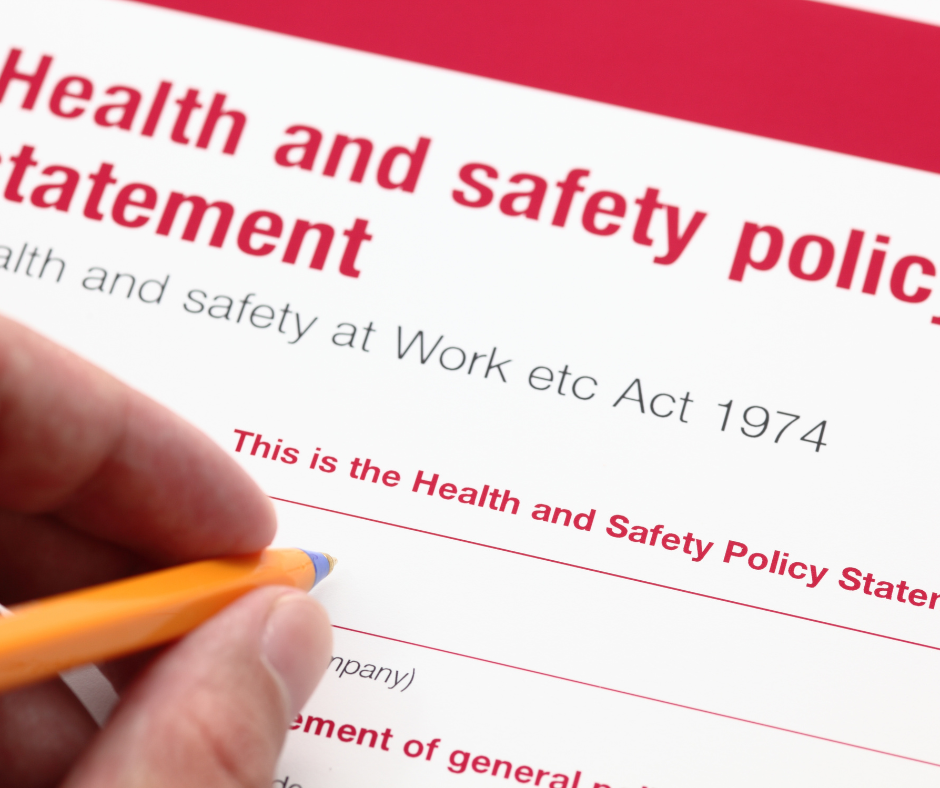Entertainment safety whitepaper aims to “proactively address risk”
 Safe Elephant, entertainment safety consultants, have released an industry safety whitepaper called: “Improving Risk Communication in Film and TV”, which they hope can improve safety practices in the sector.
Safe Elephant, entertainment safety consultants, have released an industry safety whitepaper called: “Improving Risk Communication in Film and TV”, which they hope can improve safety practices in the sector.
Entertainment health and safety holds “unique challenges”, Safe Elephant said, and the whitepaper aims to be a tool for industry stakeholders to improve safety practices within the sector.
Drawing lessons from the aviation industry, it offers an exploration of risk communication strategies. Both industries share high public profiles and have faced damning impacts from past incidents.
This year an armorer who passed a live gun to Alec Baldwin which led to a fatal shooting was jailed for 18 months. Hannah Gutierrez-Reed, 26, was found guilty in March of involuntary manslaughter after cinematographer Halnya Hutchins, 42, was fatally shot on the set of the film Rust in 2021.
Learn more about the whitepaper on the SHP website.
Employers failing to protect its drivers, shows survey
 Driving For Better Business has created an interactive Driving for Work Policy Builder to help fleet-using companies better address their legal responsibilities. More than a quarter of UK firms recently surveyed, whose employees drive for work, have no policy, and more than a quarter have not reviewed their policy in the past three years.
Driving For Better Business has created an interactive Driving for Work Policy Builder to help fleet-using companies better address their legal responsibilities. More than a quarter of UK firms recently surveyed, whose employees drive for work, have no policy, and more than a quarter have not reviewed their policy in the past three years.
Driving for work is statistically the most dangerous activity employees undertake. Up to a third of all road traffic incidents involve someone who is driving for work at the time – accounting for some 500 fatalities and almost 40,000 injuries a year. All reputable employers must have a driving for work policy that will stand up to scrutiny in the event of a crash. The law requires all those who drive on the public highway to be adequately and appropriately insured. This means that any person driving, even occasionally in connection with their employer’s work, must be covered for ‘business use’.
With the new, free, Driving for Work Policy Builder, launched on 30 April by Driving for Better Business, companies can use a template to create a legally compliant document that can be adapted to their own needs and shared with all employees.
For more on driving for work policies, visit the HSM website.
NEBOSH launches three-year strategy and plans for societal impact
 NEBOSH, the National Examination Board for Occupational Safety and Health, has announced a new three-year strategy.
NEBOSH, the National Examination Board for Occupational Safety and Health, has announced a new three-year strategy.
Increasing its impact is at the centre of the new strategy, which includes a new social purpose programme to help protect more people from harm in the workplace.
Titled “Developing Our Potential”, the 2024-2027 strategy will maintain the charity’s reputation for high-quality qualifications and assessments, and expand its reach via more countries and sectors. It will also invest in its technical infrastructure, supporting the delivery of innovative learning and assessment, and creating a new online portal for its learners.
Read more on the SHP website.
Recycling company fined £1.2m after worker hit by a wagon
 A Yorkshire metals recycling company has been fined £1.2m after a worker was injured after being struck by a wagon at a processing site.
A Yorkshire metals recycling company has been fined £1.2m after a worker was injured after being struck by a wagon at a processing site.
On 10 August 2020 an employee of CF Booth Limited was walking across the site yard in Rotherham when he was struck by a moving 32-tonne skip wagon. The man was not wearing his hi-vis jacket and did not see the wagon approaching. The wagon driver did not see the employee prior to the collision due to concentrating on manoeuvring the vehicle around some low-level skips which had been placed on the corner near where the employee was crossing the yard.
Following the incident, the man sustained a fractured skull and also fractured his collar bone in two places but has since made a full recovery.
A Health and Safety Executive (HSE) investigation found that at the time of the incident the site was not organised in such a way that pedestrians and vehicles could circulate in a safe manner. A suitable and sufficient workplace transport risk assessment was not in place for the segregation of vehicles and pedestrians. The company had failed to take steps to properly assess the risks posed by the movement of vehicles and pedestrians. The incident could have been prevented by adequately assessing the risks and implementing appropriate control measures such as physical barriers and crossing points.
Visit the HSE website to learn more.
To keep up to date with the latest health & safety news and advice, follow us on social media:
